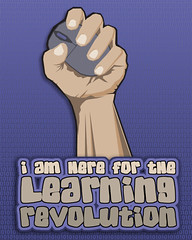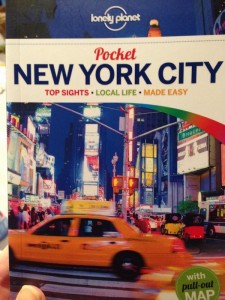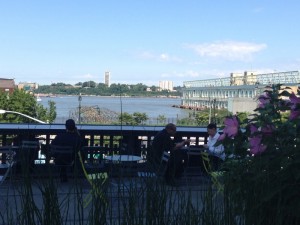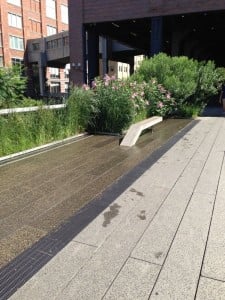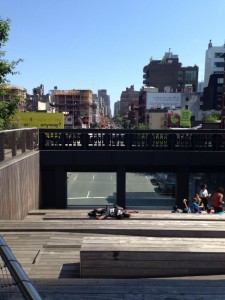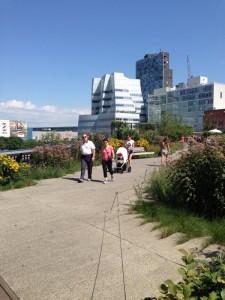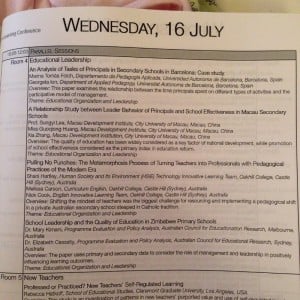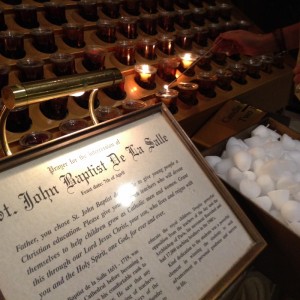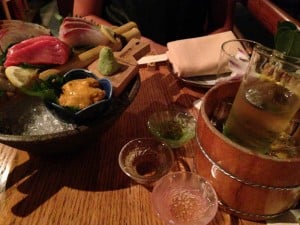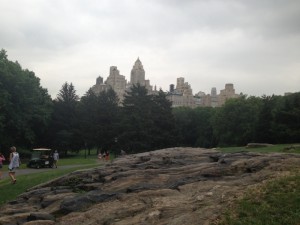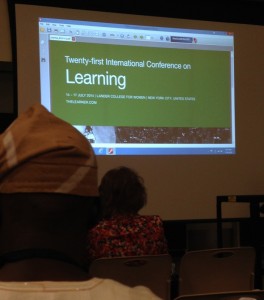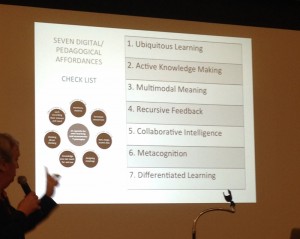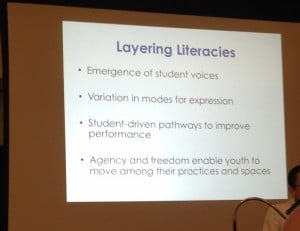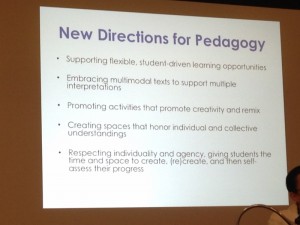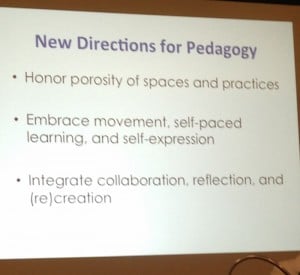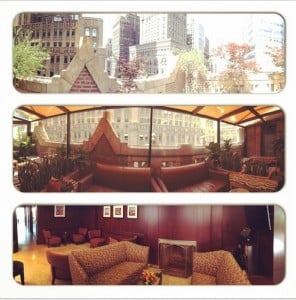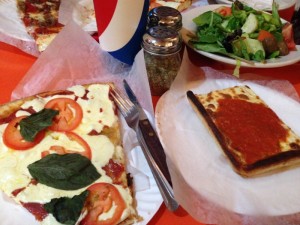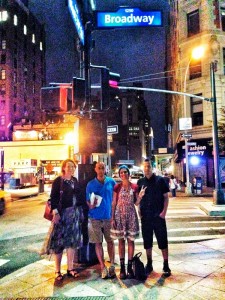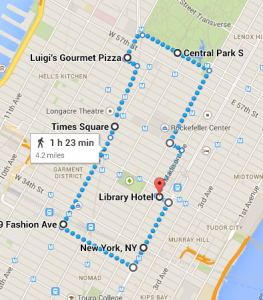Boys can’t draw. Year 9 Boys are horrible. So many kids with special needs in that class, you’re going to struggle to get anything done.
These are the sort of statements that have been tossed around as I prepared to teach Year 9 Geography this week. The game was a huge hook but now I had to follow up on it. I found a lame but mildly entertaining video clip on YouTube to cover the Natural Water Cycle and then asked the students to draw an A4 sized diagram of the Natural Water Cycle in the workbooks. There were mutterings of “I can’t draw” but all but a handful just got on with it. The first step for most of them was an online image search for a diagram and then they copied it into their books. As the first few were finishing I added to the task that they had to introduce 2-3 examples of the human impact on the Natural Water Cycle and then to write a paragraph about these human impacts.
By far the majority of the diagrams were fabulous and the students were on task and even engaged. I’m not sure why. Every time I congratulated a student on a good drawing they swelled with pride. When I took photos of some of the better ones, again they were pleased. It doesn’t take much. There are only four boys out of the 29 present today that had sub-standard drawings. I’m quite pleased with that result.
At the end of the lesson I introduced the class to the Google Class I had established for them and chaos ensued as they all encountered various issues with joining the Google Class. I had a student expert in the room who helped and eventually we had just about everyone logged in. Then the silliness commenced as they chatted within the Google Class page. I said they had an hour to take the messages down or there would be consequences. One student asked how they were to take them down and I said if they could figure out how to do a comment they could figure out how to delete them. A few hours later I checked and they were all gone.
There was a similar occurrence with Year 7 last week as they were being introduced to various online tools within a ‘Getting to Know the Library’ exercise. A task asked students to add a sticky about their favourite book in Padlet. Like it was with Year 9, silliness prevailed and there were silly comments all over the Padlet page very quickly. We talked about the first impressions they were making of themselves online and in person, that Year 7 was a fresh start and a chance to establish the person they wanted to be and how they wanted to be seen and respected. The silliness subdued after that.
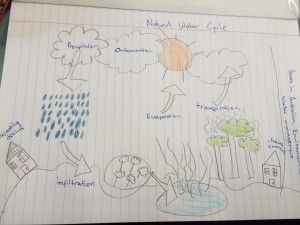
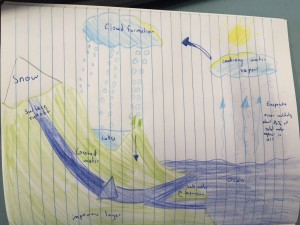
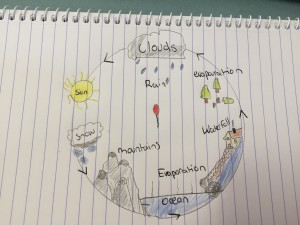
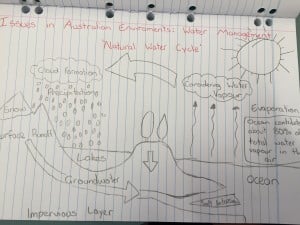
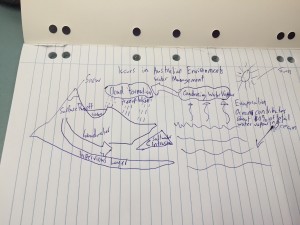
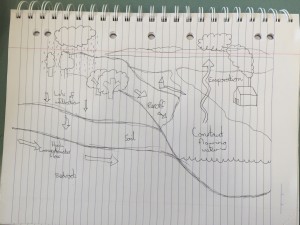
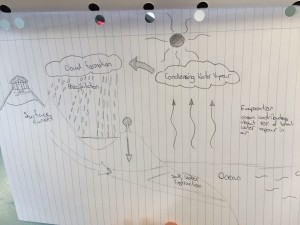
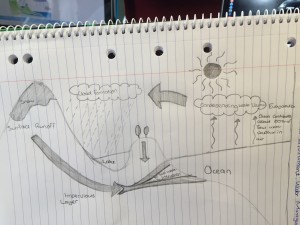
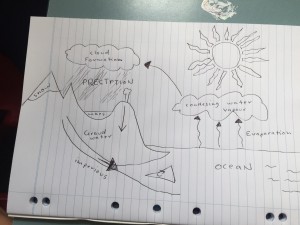
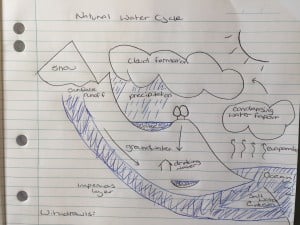
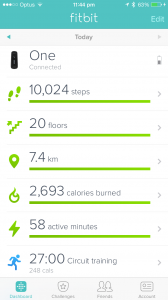
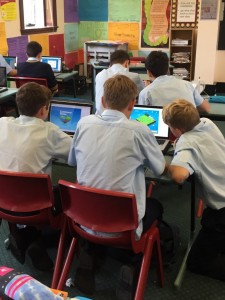

 Image Source: RBA
Image Source: RBA
